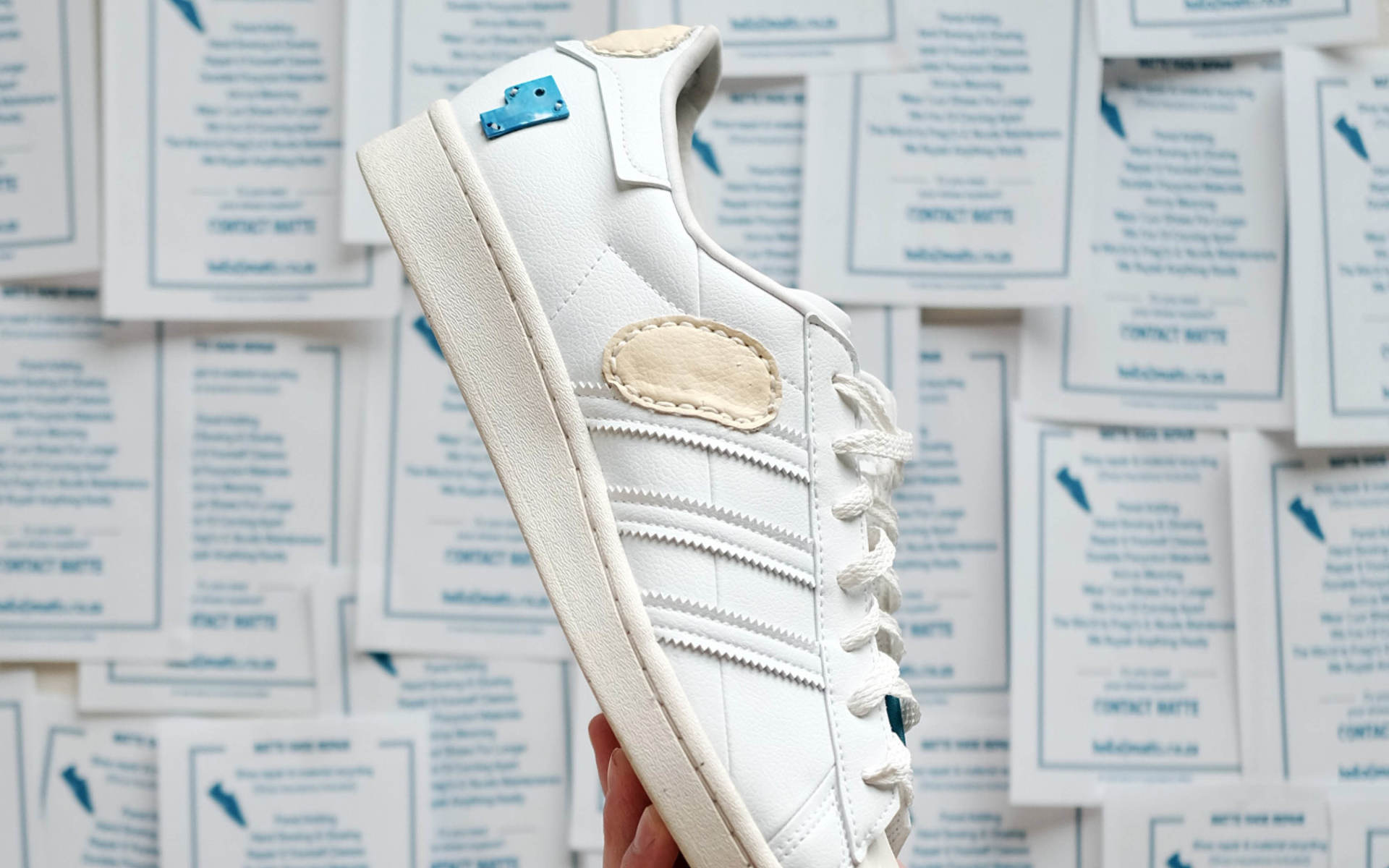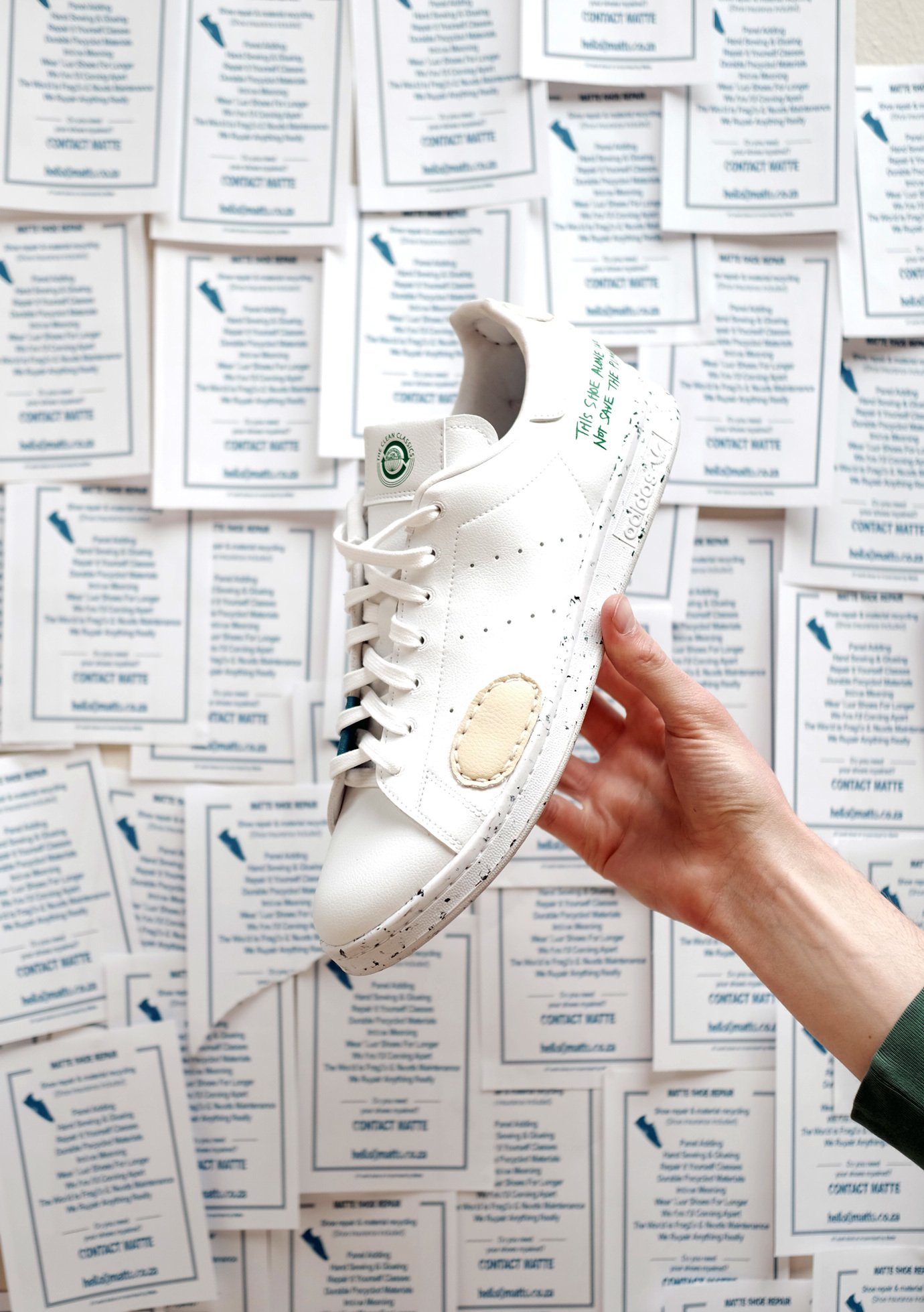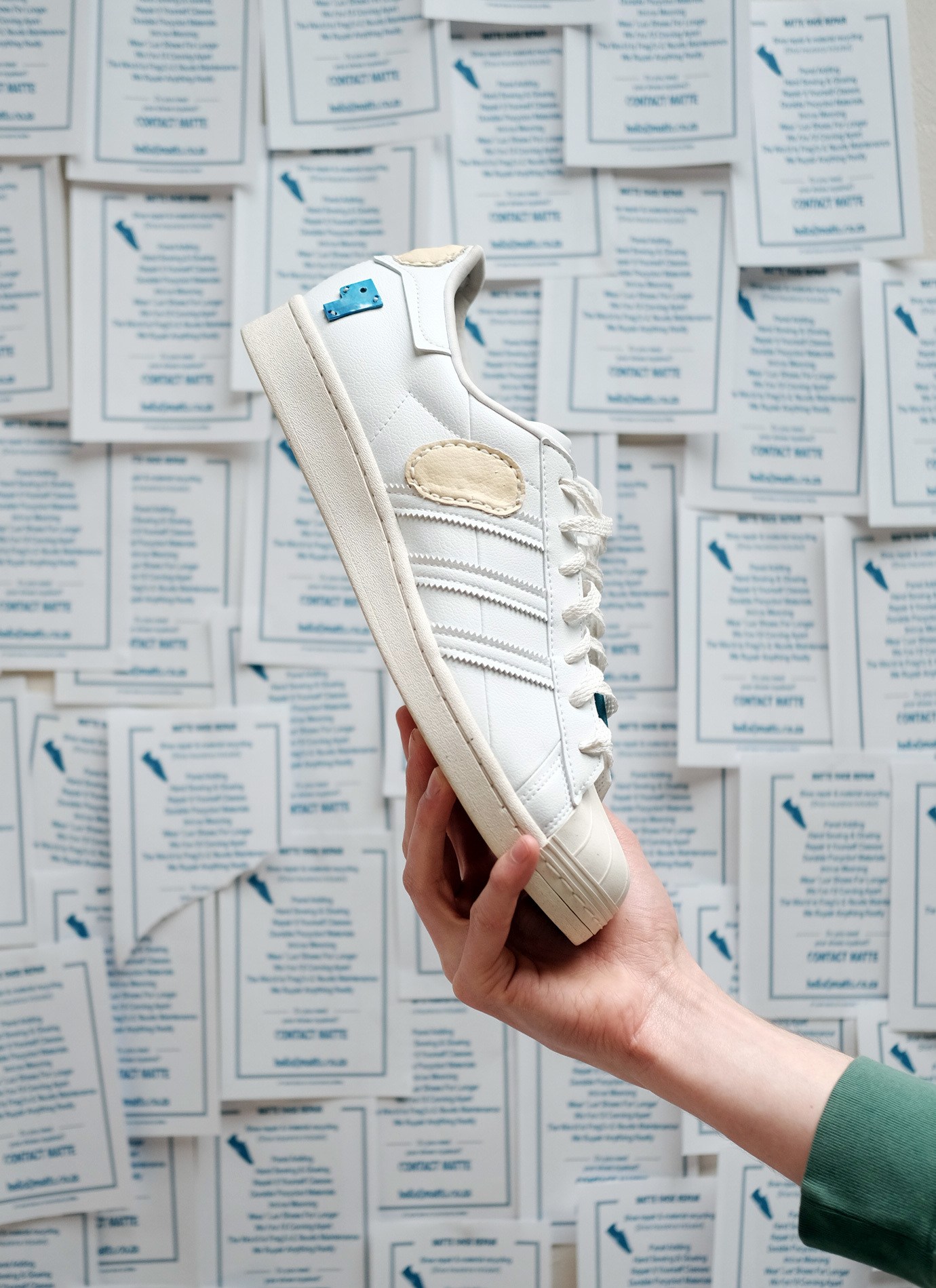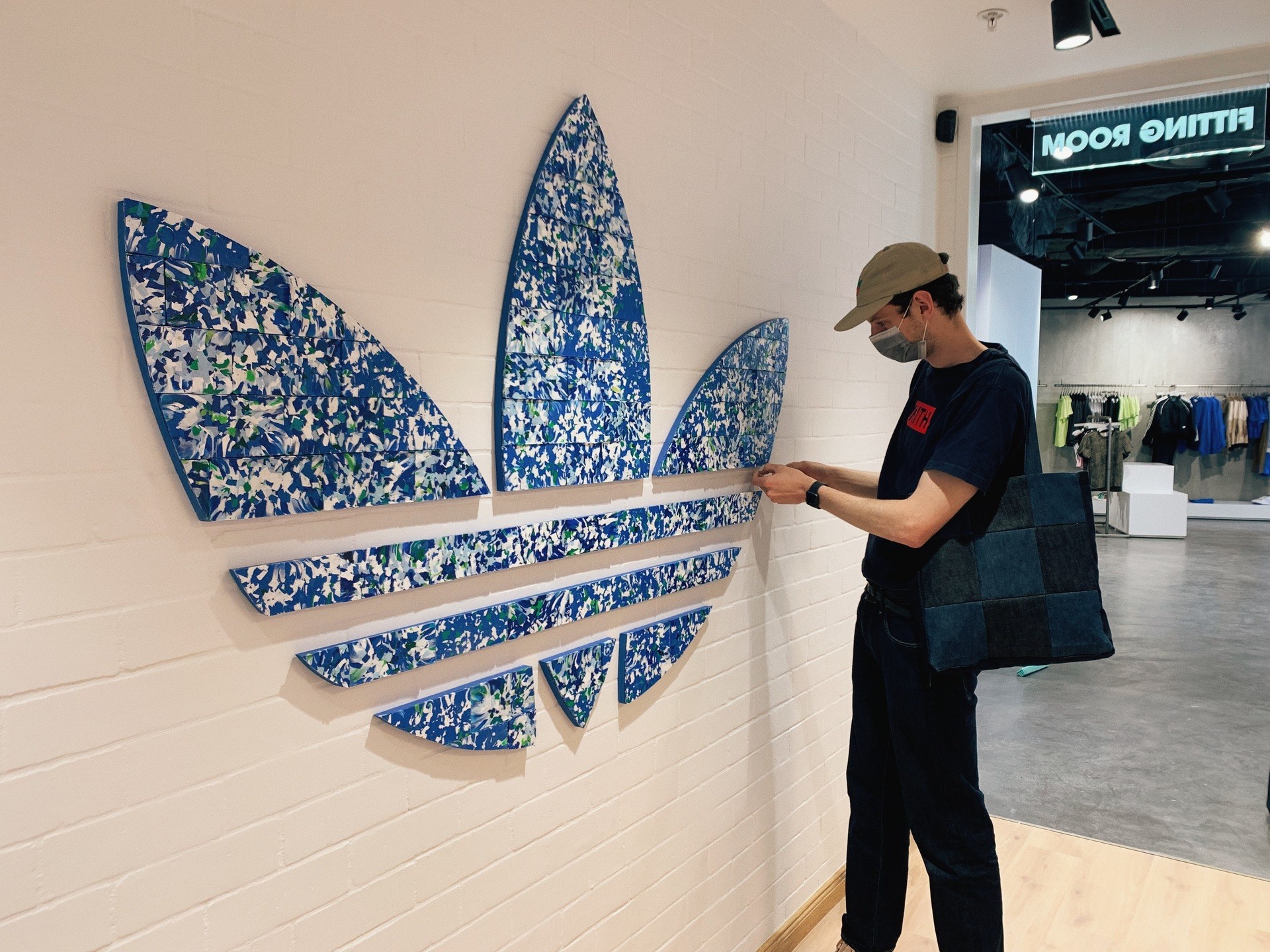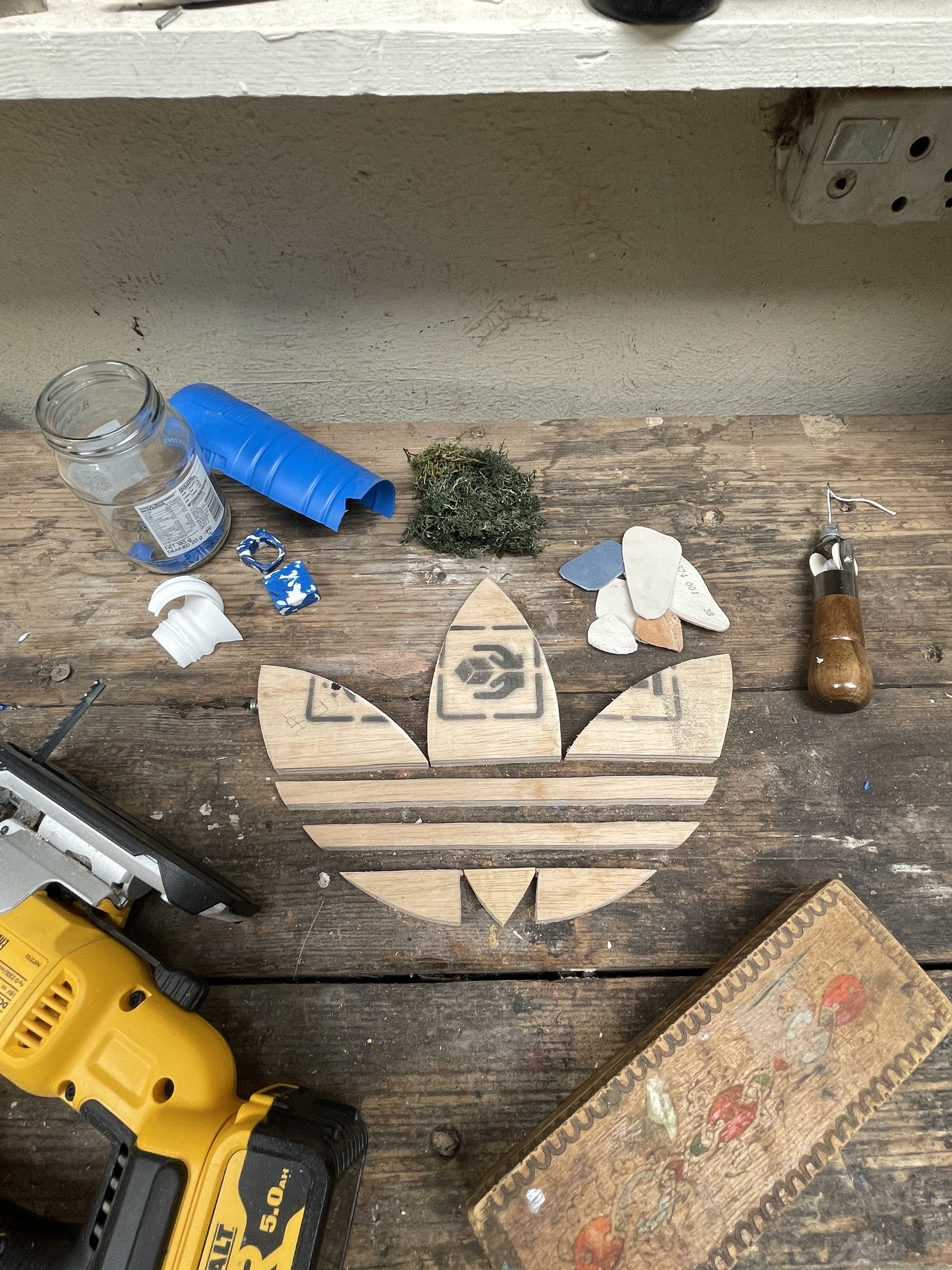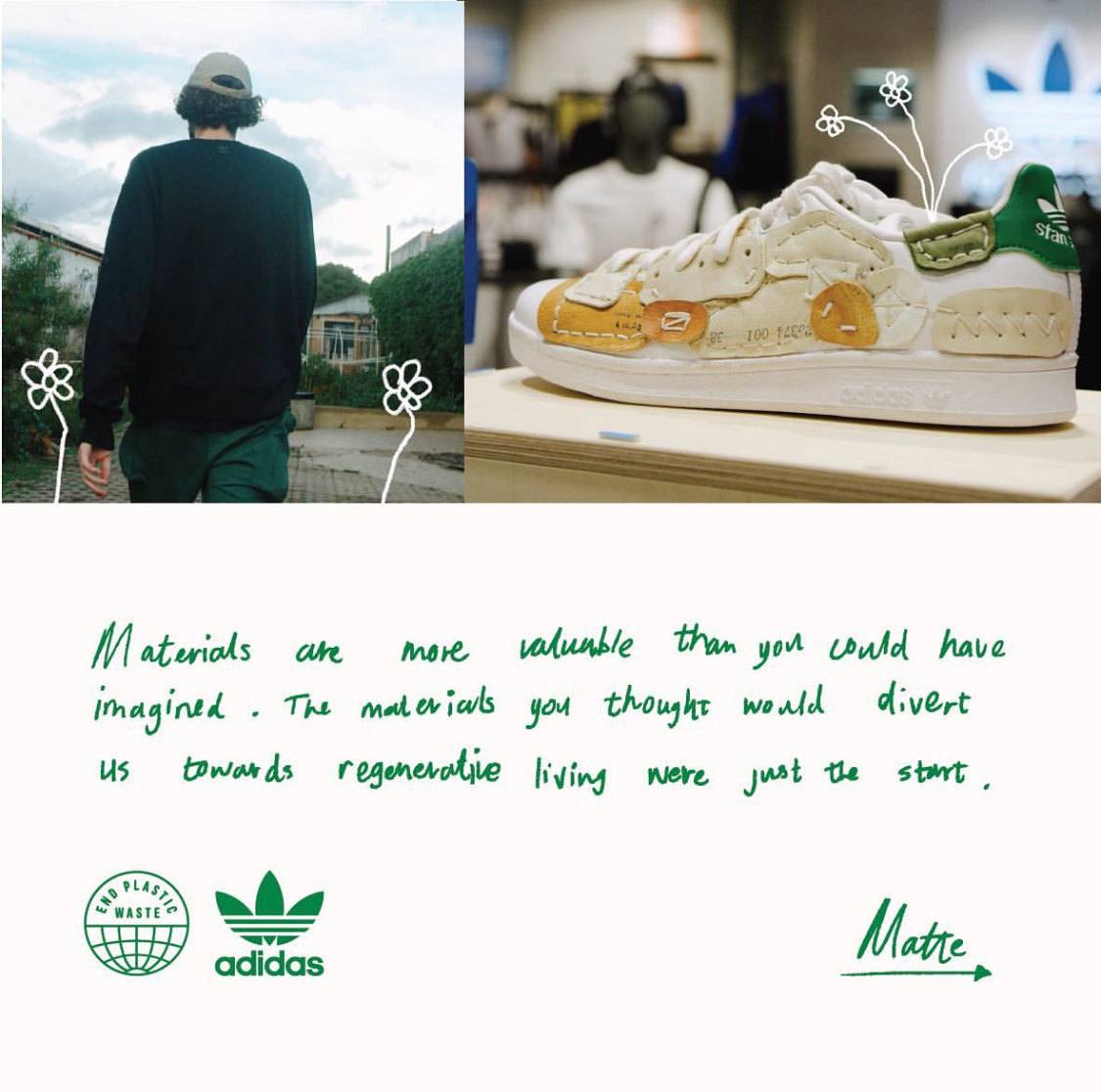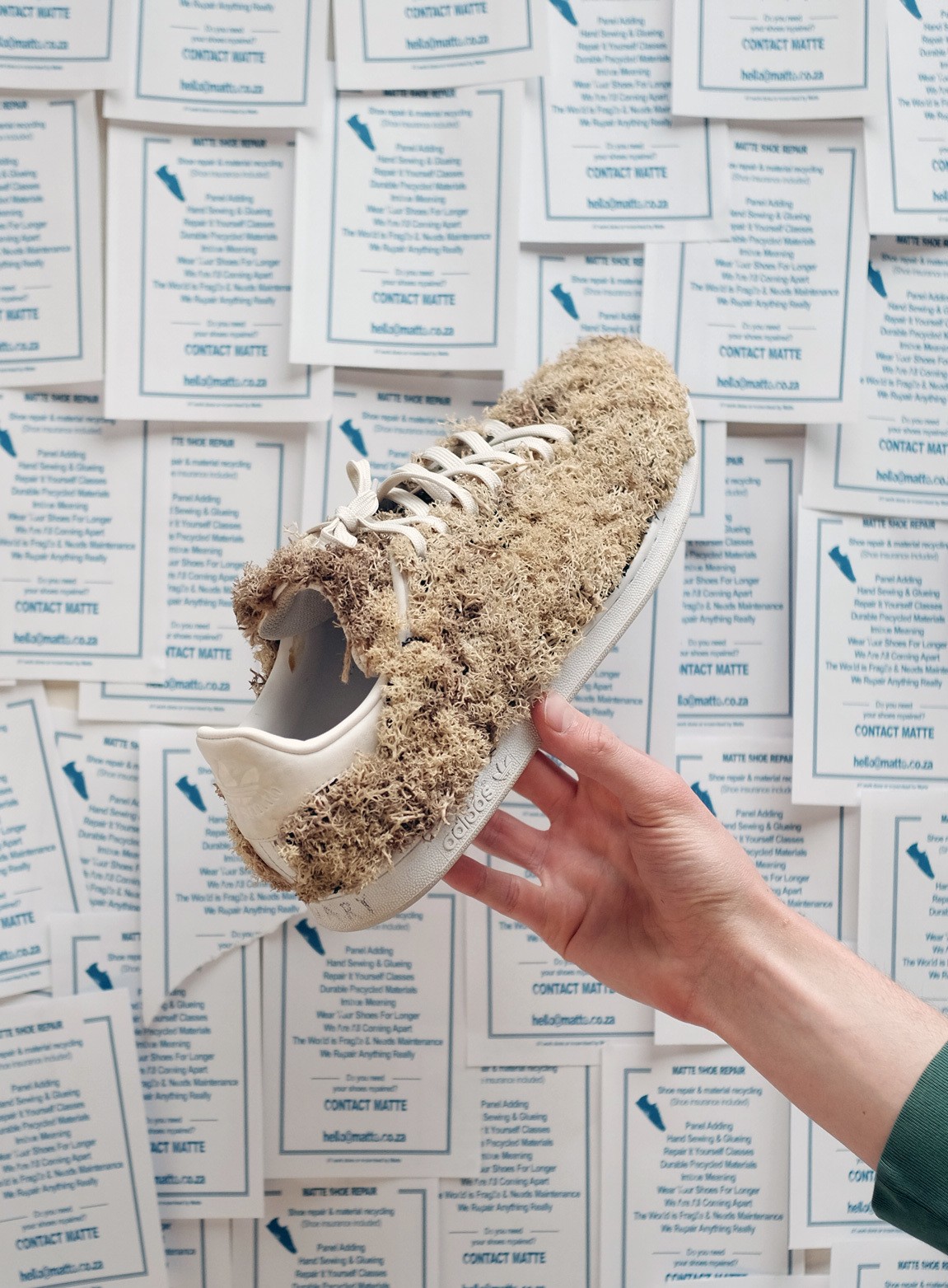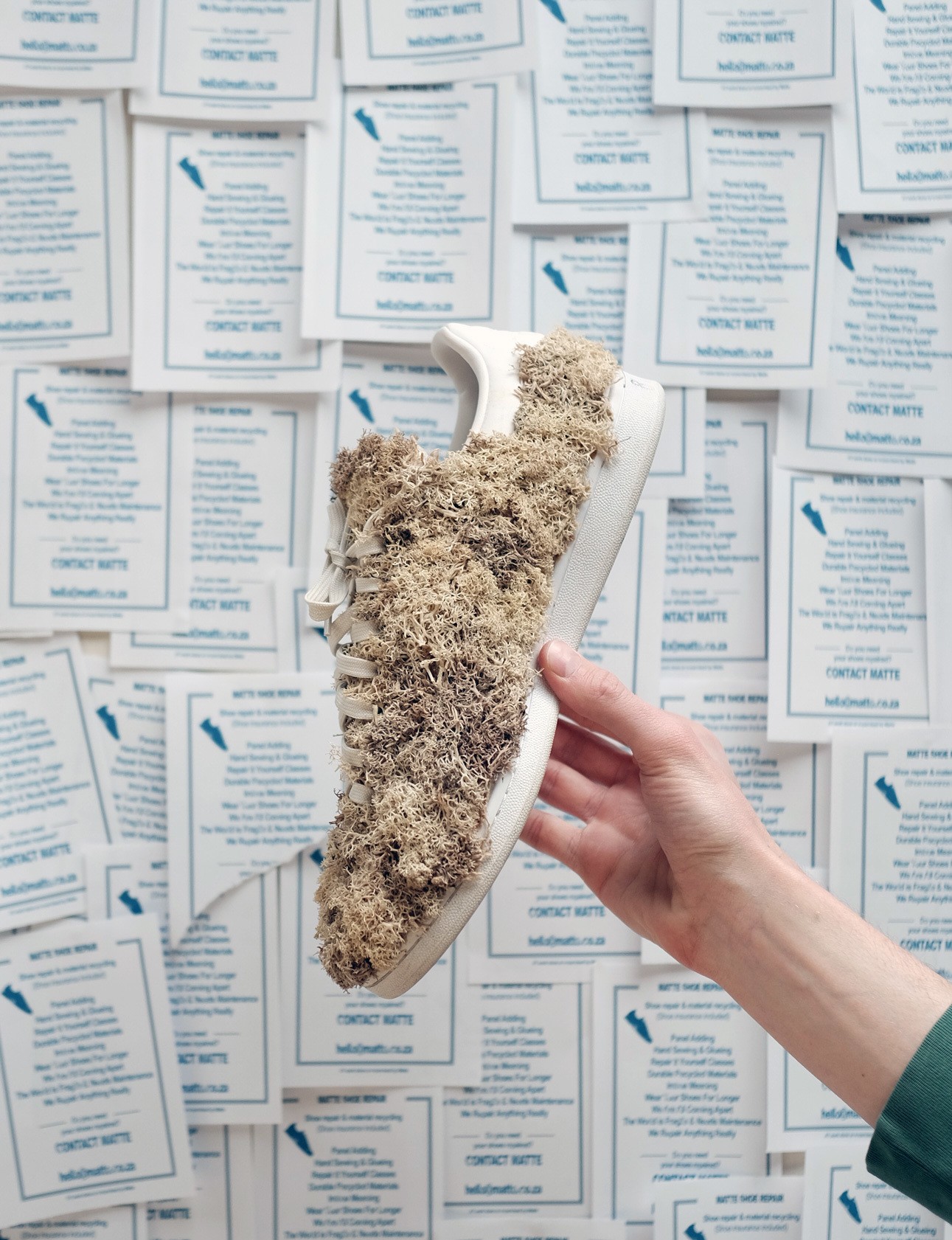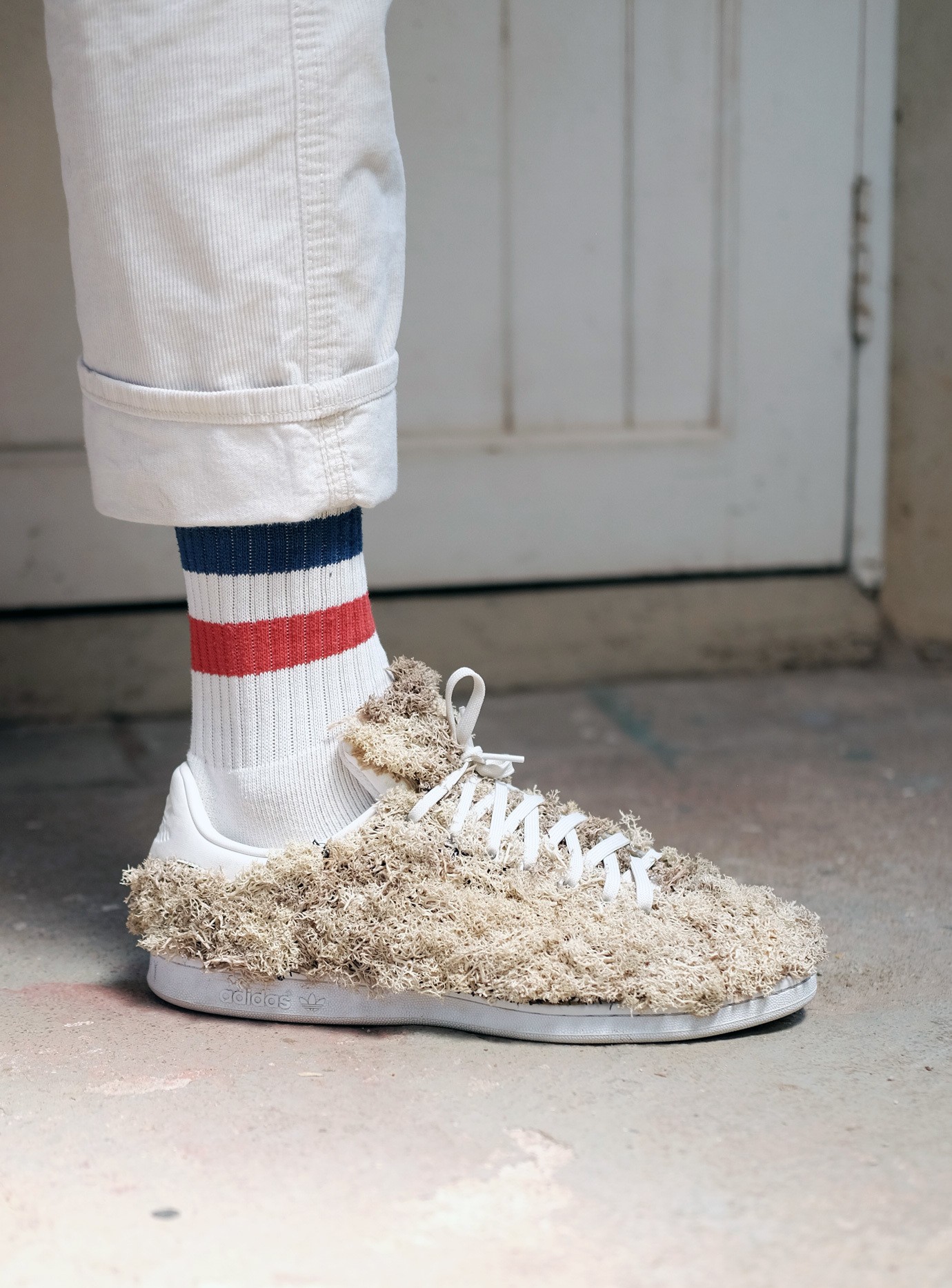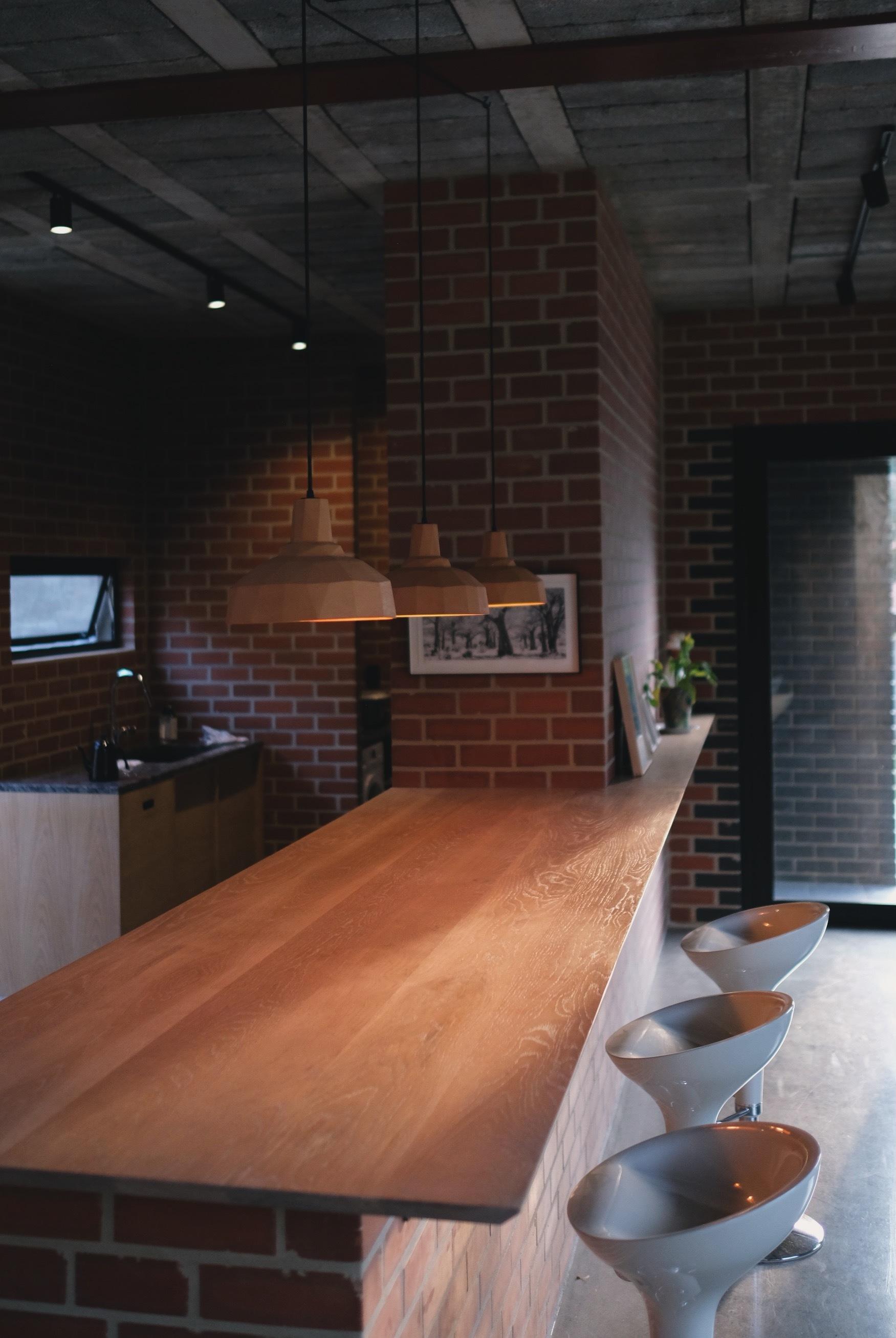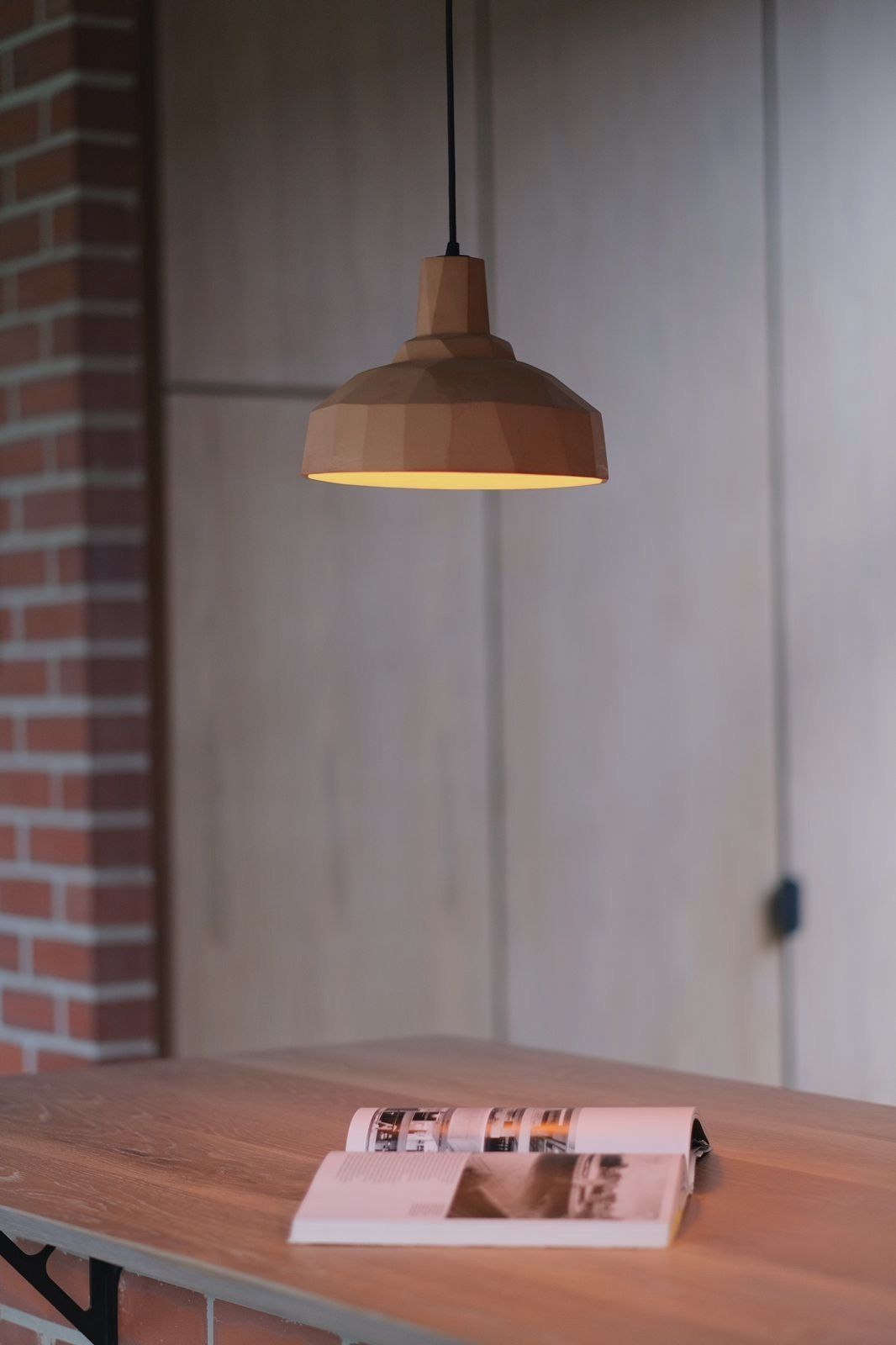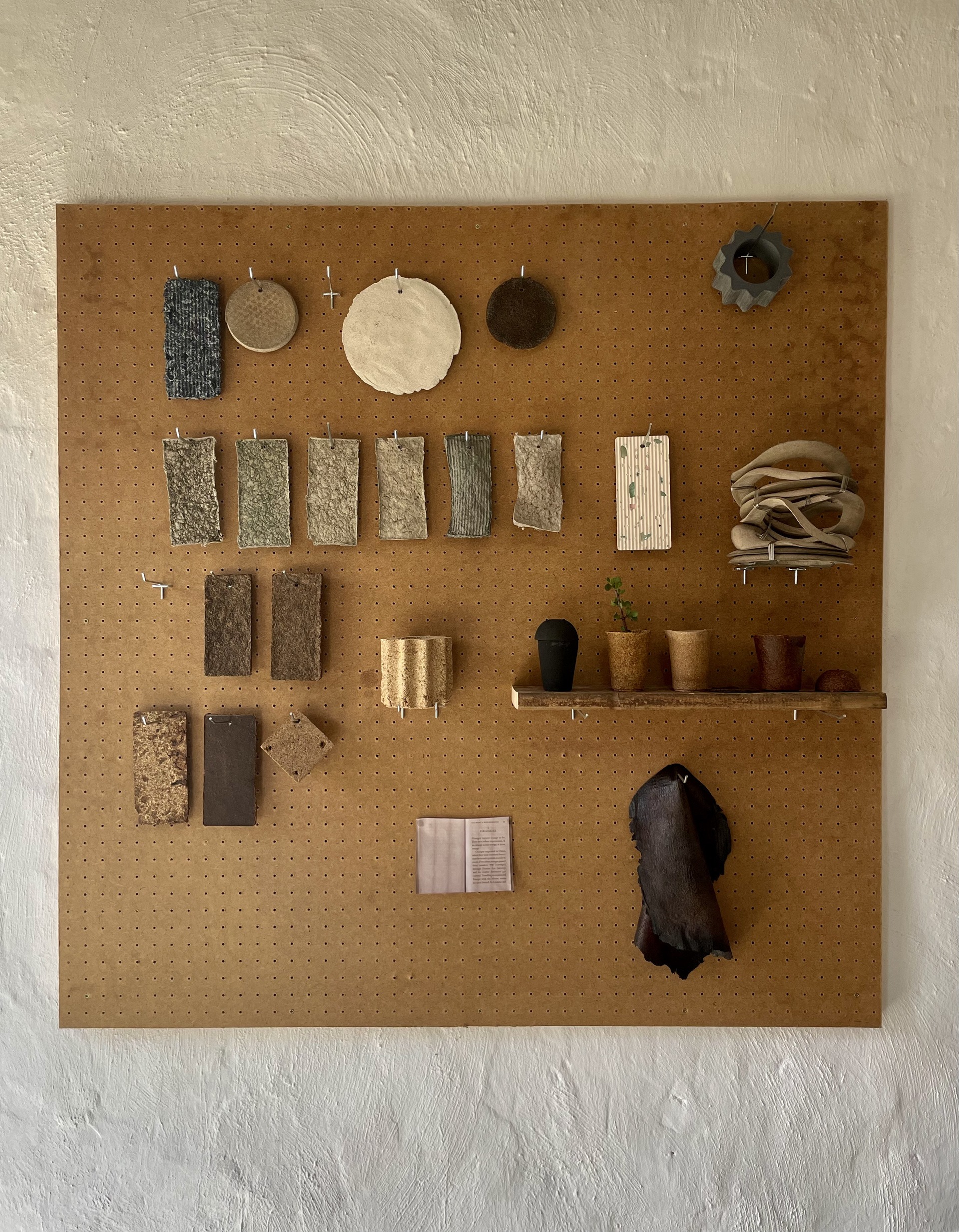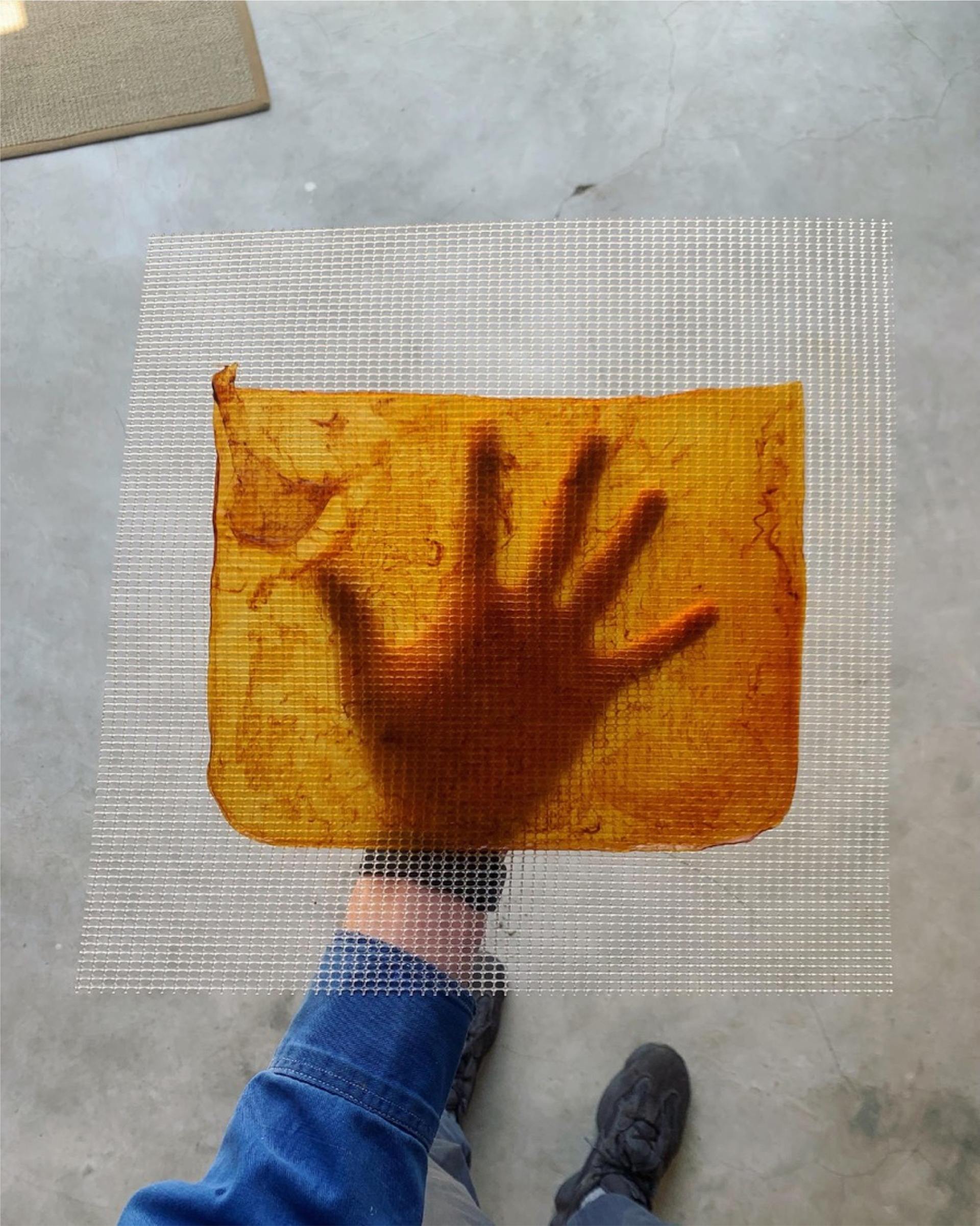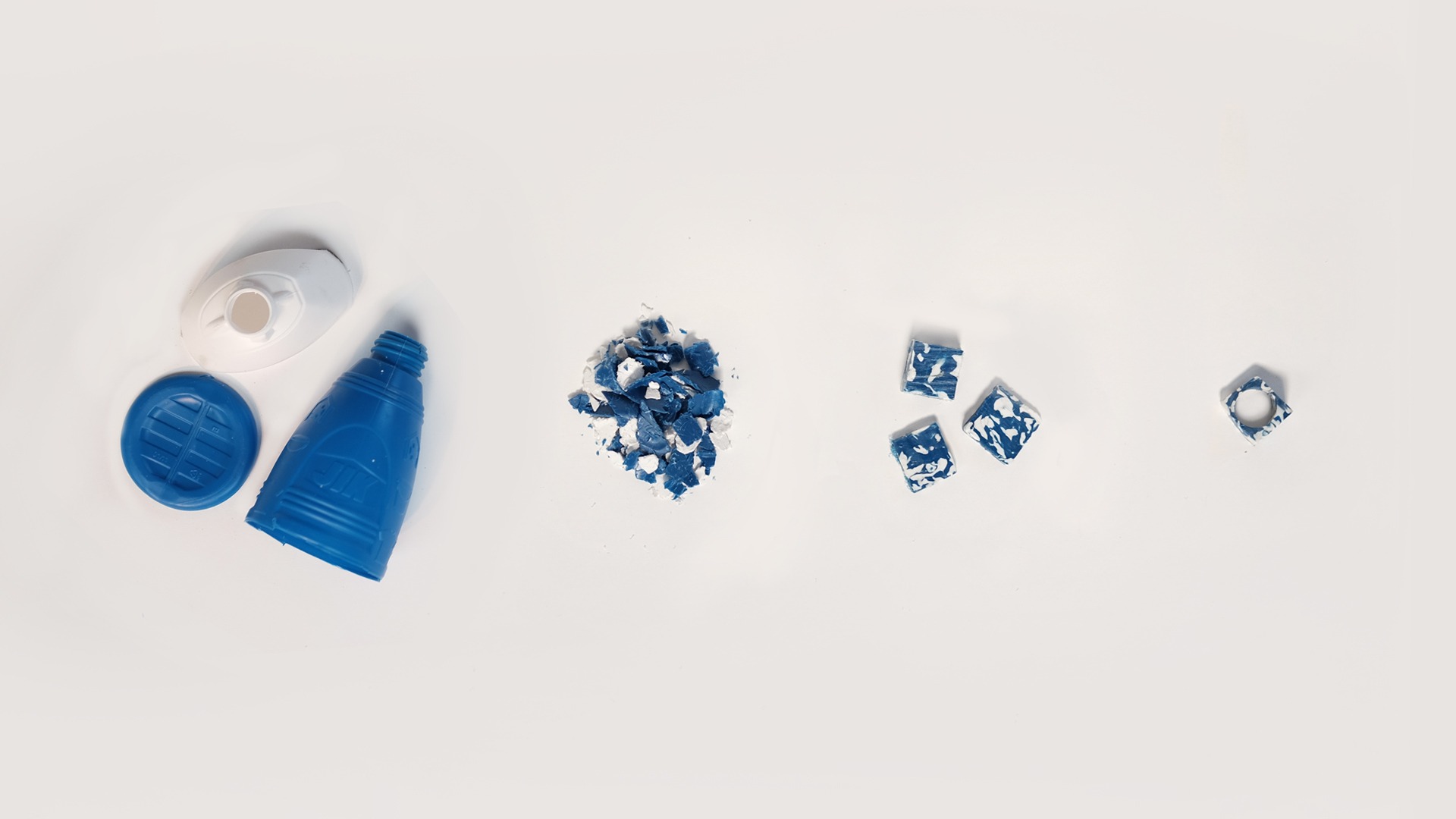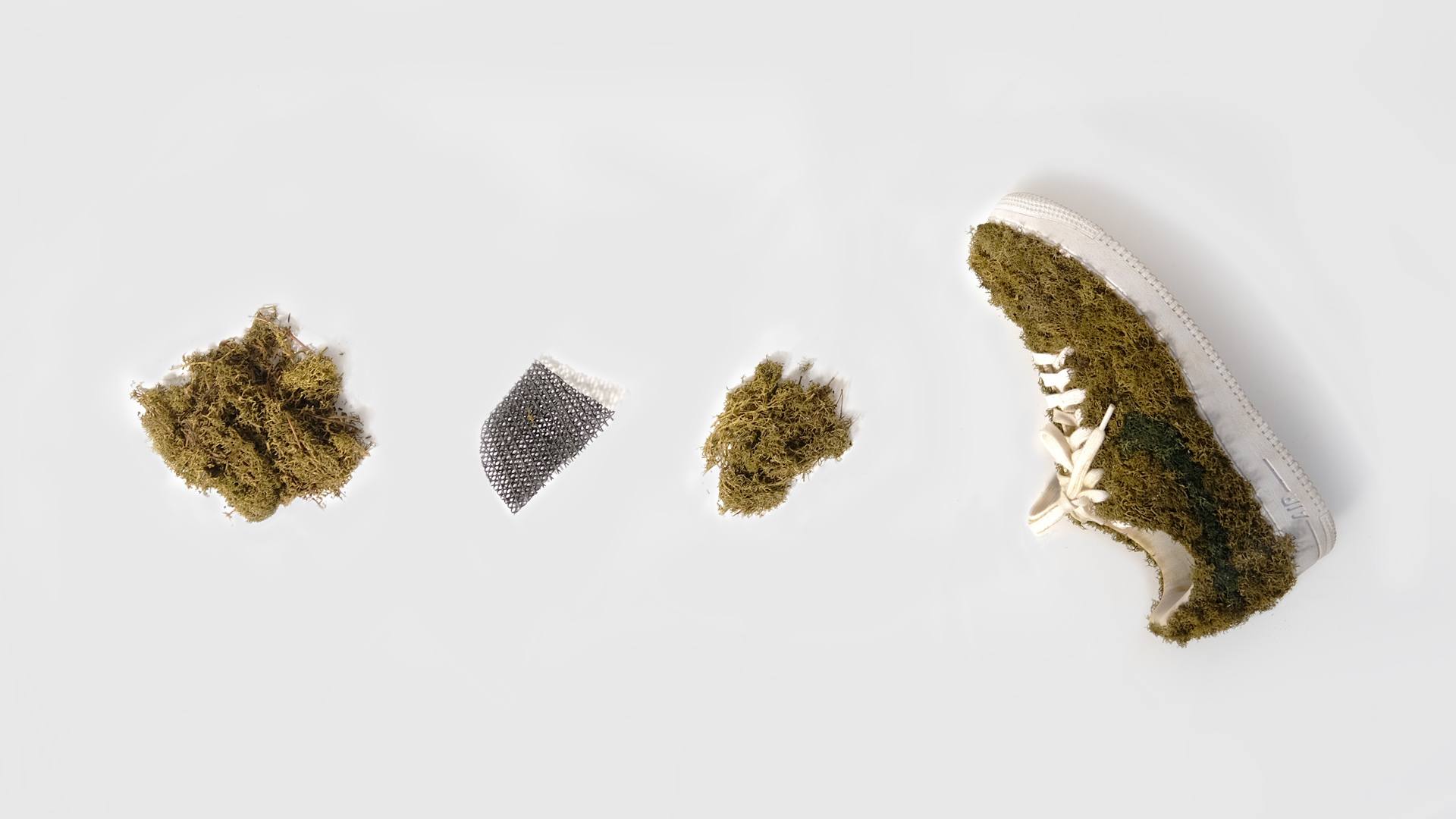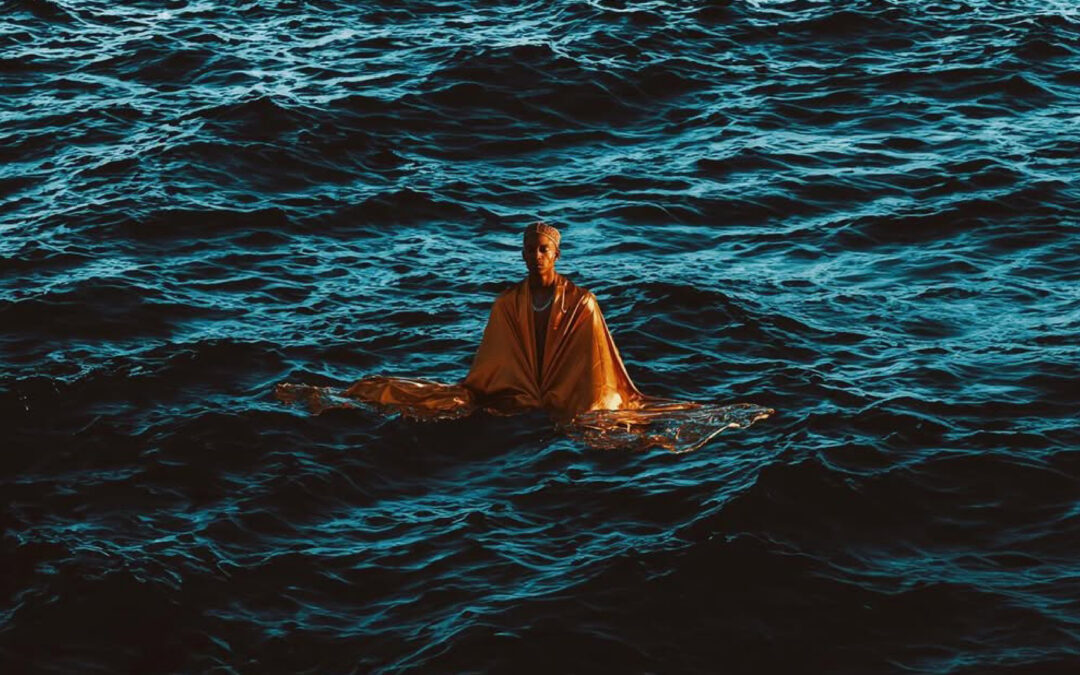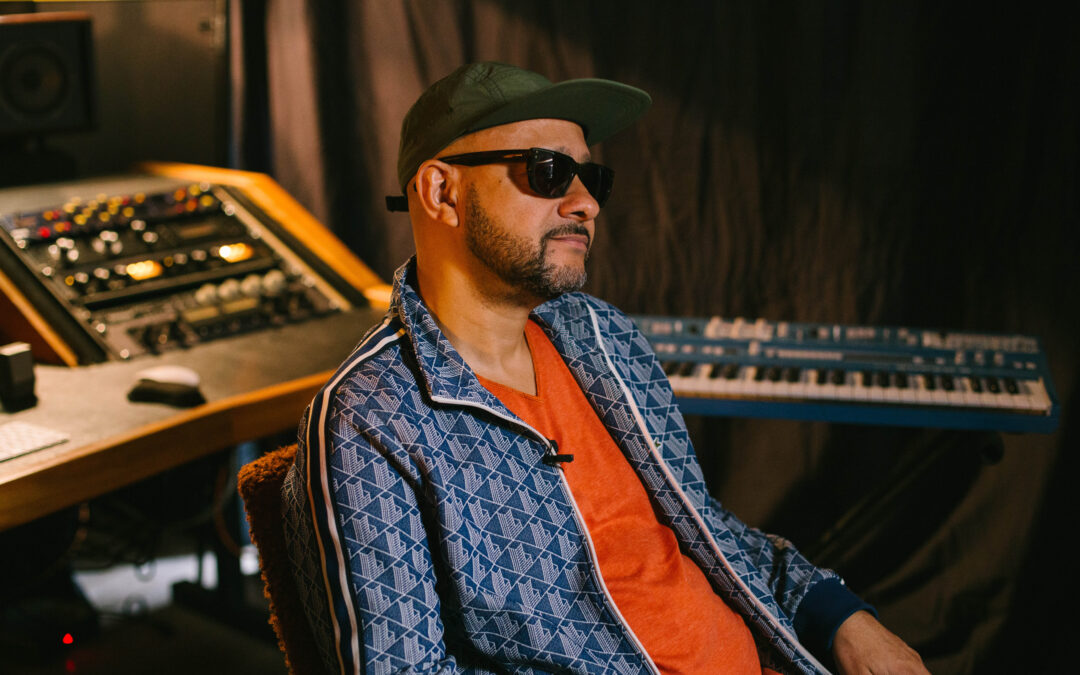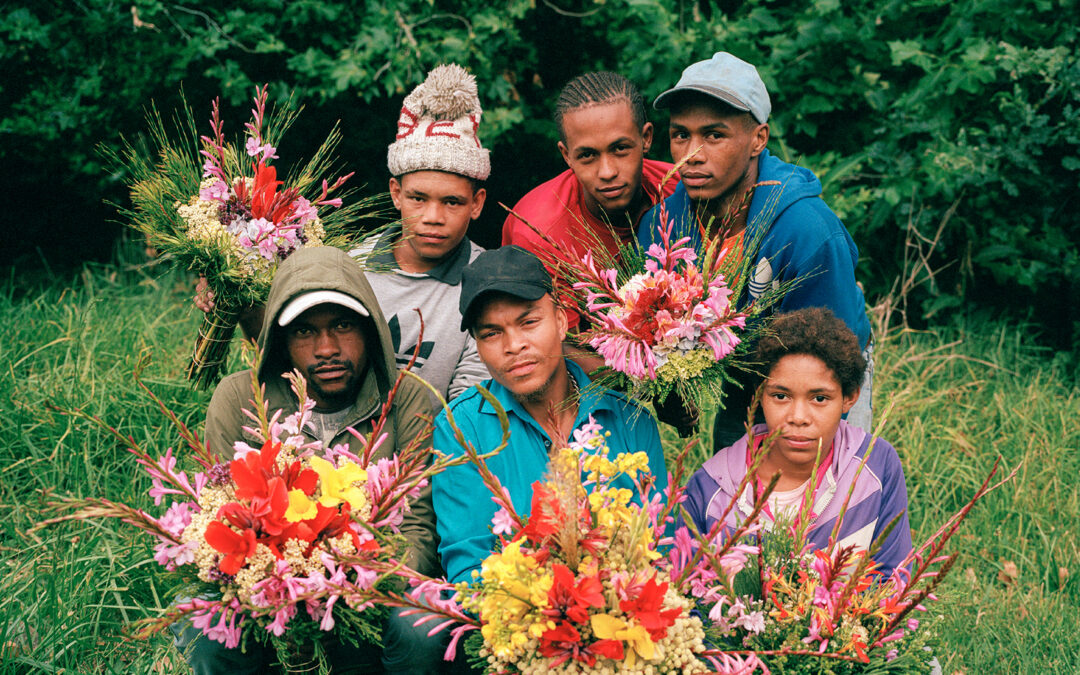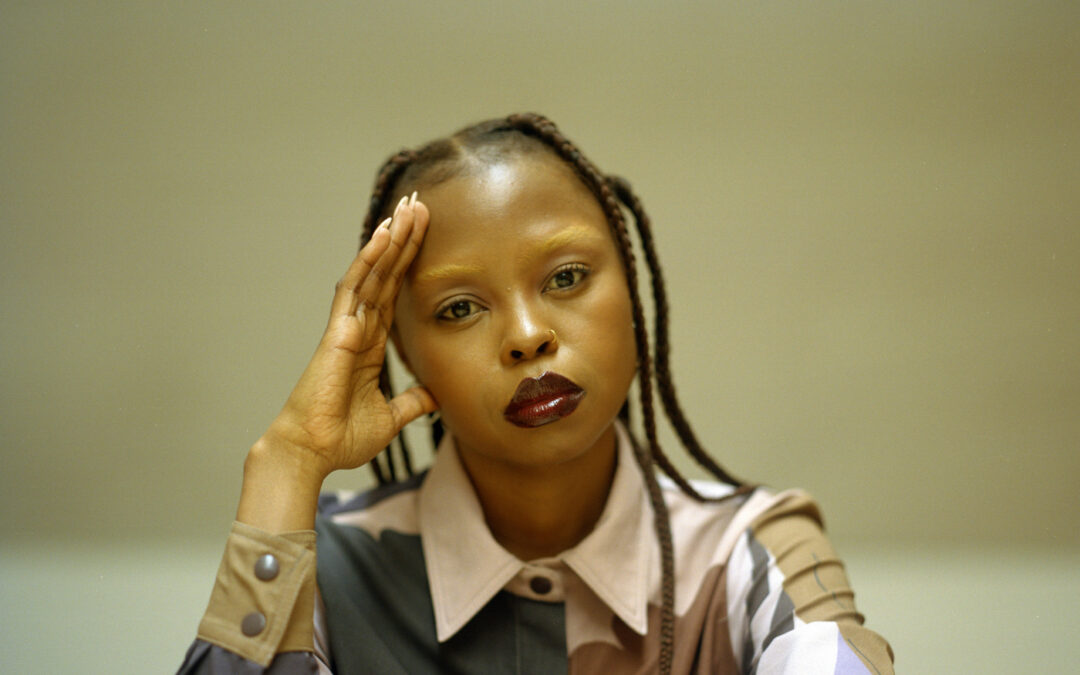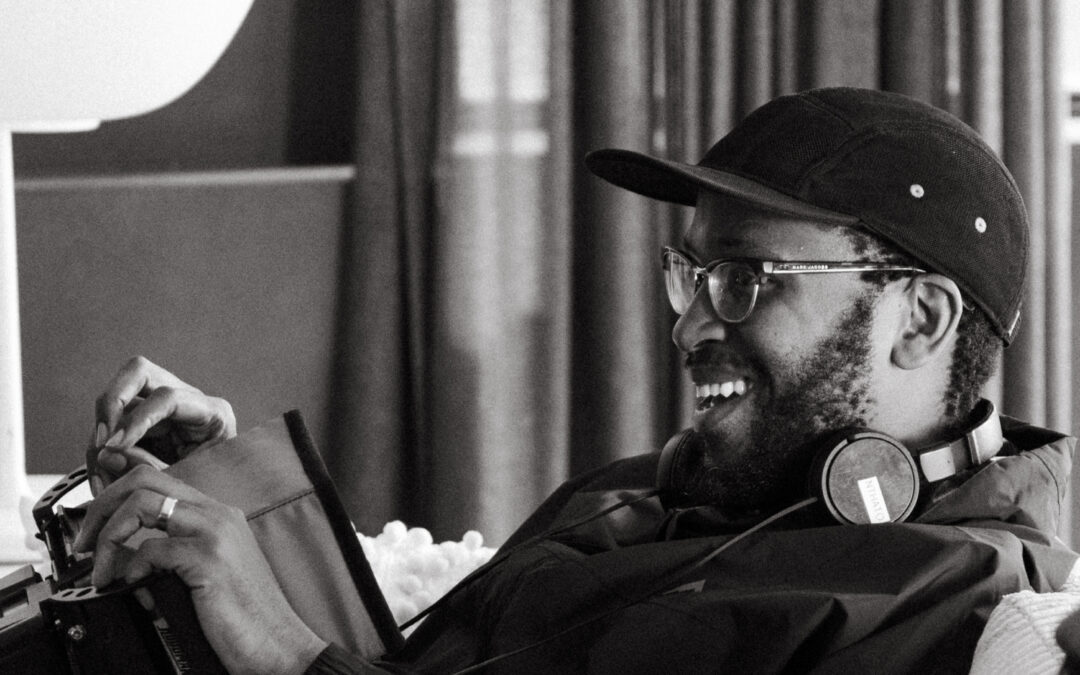Design changes the world. Throughout time, and all the ages of our existence, it has been the process of design – in all its iterations – that has sought to propel us forward. Design-thinking has always been led by intuition, perhaps until the age of reason in which Cartesian logic rendered the natural world around us as mechanistic; and us, as machines operating within it too. We have reached a stage in the movie of our advancement obsession, and ‘pregnant-with-possibility’ consciousness, in which a deep, and often devastating, assessment of our creations paint a harrowing image of the future. Least not, the fact that the future we all fear – far off, and well into the mid 21st century – is introducing itself to us now. The unprecedented heatwaves in London, or the flooding Accra, or our own coastline of KZN ravaged by seasonal flooding that reached its apex; it’s clear that the planet is crying out. In our pursuit for comfort, control and consumption; directed by ideological, oppressive systems and political frameworks; hope seems to dry up like arid landscapes, barren futures await.
Except, what if we listened? What if we stripped everything back, and re-initiated ourselves into the problem-solving approaches that have always held our delicate existence within the web of life?
Matthew Edwards is one such designer intimately acquainted with these questions. Beginning his career as an industrial designer, with a stint in advertising and marketing – a process he credits with teaching him how to actually sell an idea – Matt’s personal work is succinctly housed under ‘matte’ while running the Big Circle Studios – an award winning design studio that he co-founded with Kiera Crowe Pettersson. Leading conversations, ideation and execution of work lensed through the futures of materials in the world – Matt’s work emphasises a rigorous curiosity, open-source education and knowledge exchange. With the last few years of working with adidas on a number of sustainability driven projects, there was a time when this pathway was almost non-existent. Reflecting on how the landscape has shifted in South Africa regarding sustainable design, Matt says “I fell in love with interesting materials in university. When I left though, there was no clear pathway into sustainable design as a career. That was challenging to work towards, so I did what many of us do and made some headway in corporate. I really wanted to be in a conceptual design space with sustainability as a key pillar. More and more, ‘sustainability’ is becoming less of a niche function of a designer’s work – which is essential. Design needs to be uncompromisingly led by sustainability or regenerative thinking, otherwise it’s really just taking an idea to manufacturing, through a value chain that is so obviously breaking down.”
Footwear has proven to be a design form that has beckoned Matt. Whether it’s been tending to moss, stitched and alive onto a pair of Stan Smith’s, or applying drip-applicated pigments to a pair of adi’s – footwear is a beautiful blend of engineering and design, almost mutually inclusive of each other as informing the final function and aesthetic. It is also, nowadays, the testing ground for some of the leading innovation in recycled materials, streamlined thinking and application within the apparel industries. Look no further than the megalithic companies of Nike, adidas and so on – to this day, I remain ever- impressed by Space Hippies as footwear exploration. On this, Matt says, “I think if I’d been born anywhere else, I’d have been a footwear designer. I got into it through some conceptual projects, and I’ve found footwear as a really exciting vehicle or medium to carry an idea. People engage with it really well, too. People are interested in the materials of footwear – particularly sneakers – and for ‘sneakerheads’, they are intrinsically informed and fascinated by every detail in the shoes they buy. I like it when people ask questions – that’s really the purpose of design – so whether a person is saying it’s cool and innovative, or it looks awful and uncomfortable – I know that I’m doing something meaningful.”
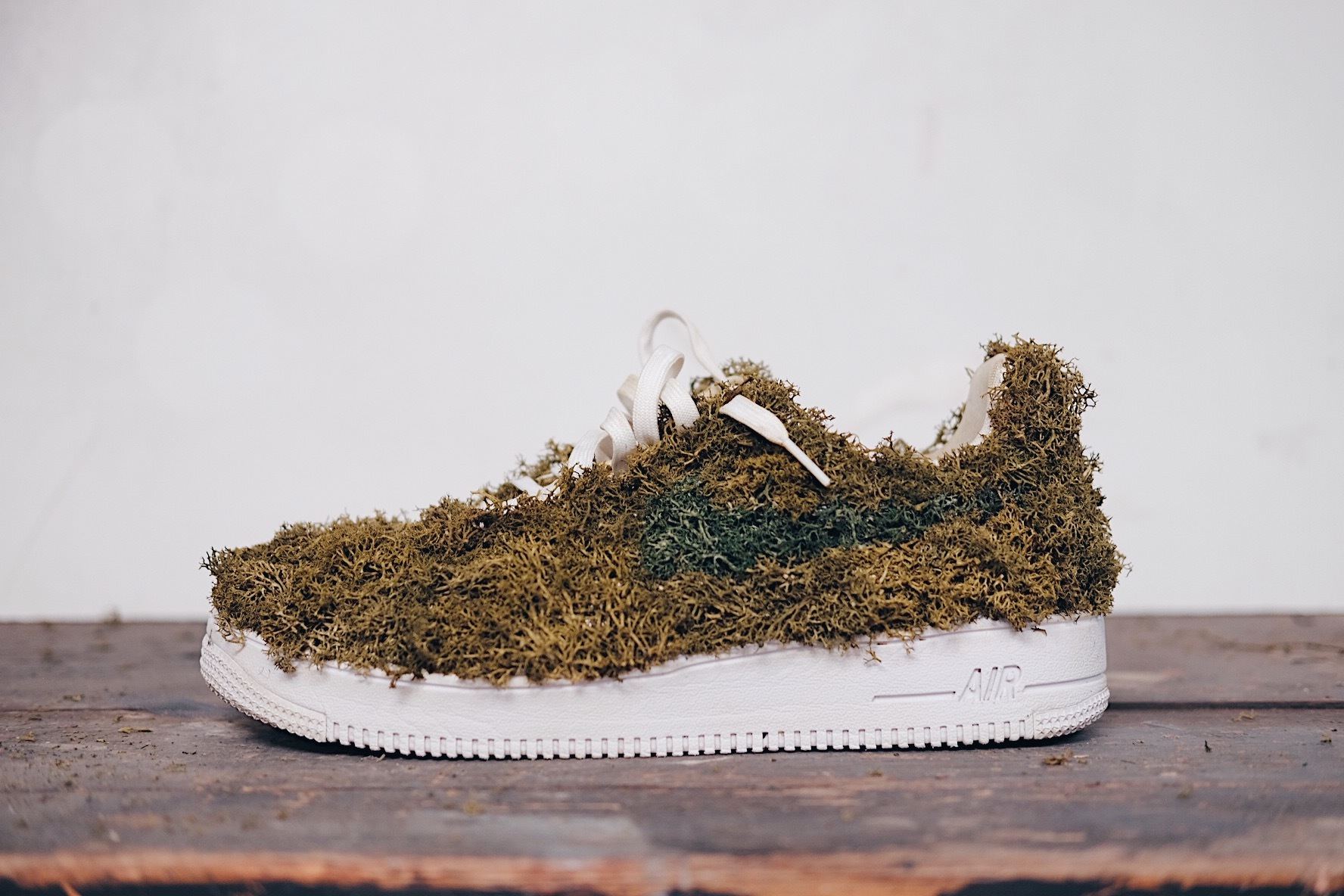
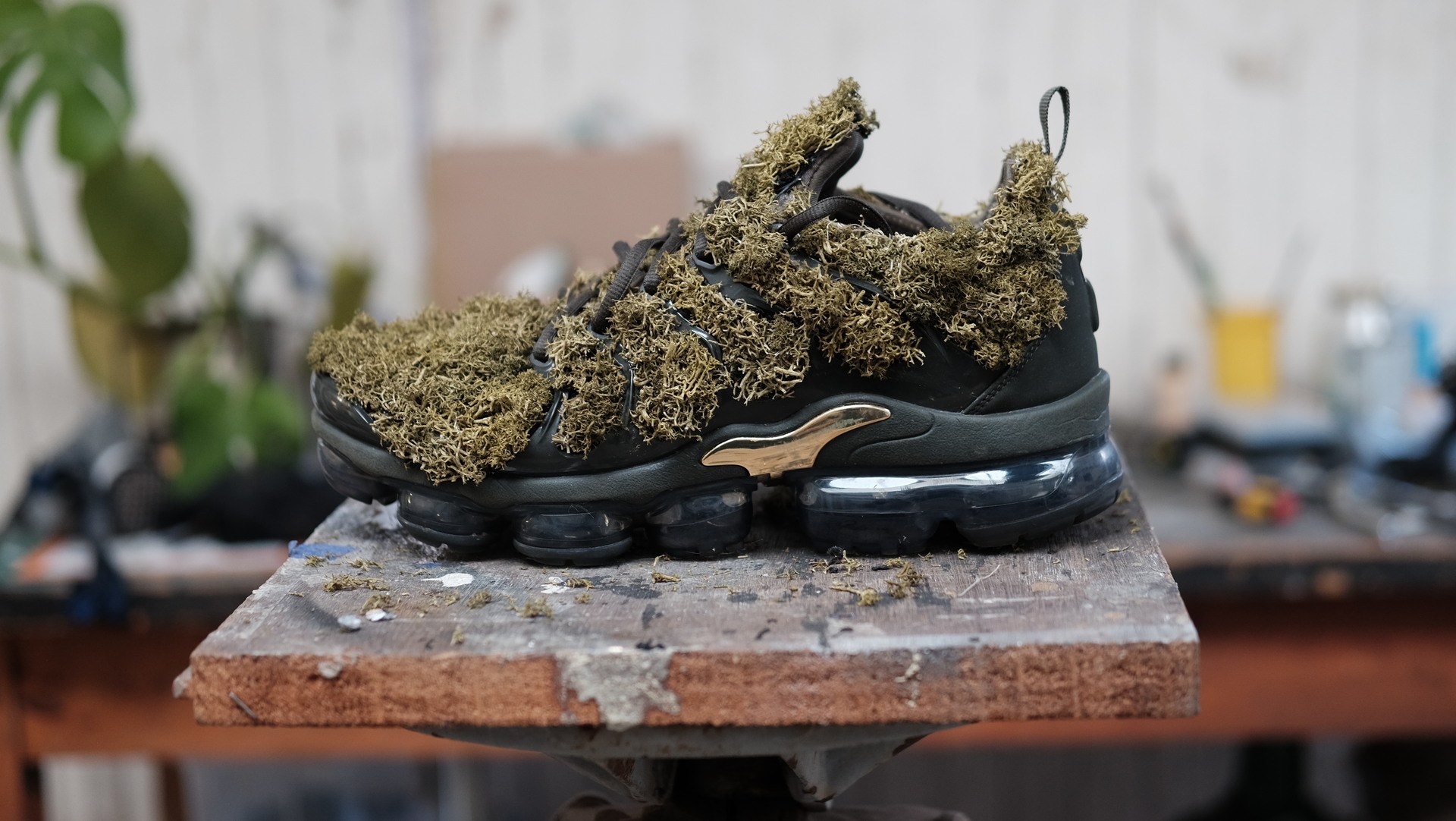
Footwear is Matt’s work nurtured under his personal brand “matte” alongside other products. Big Circle is the other aspect of his work, and is a non-profit studio; w and since 2020 – Matt and his colleague Kiera have been utilising research and design to come up with innovative, interesting design grassroots sustainability problems. Questions of how to deal with plastic waste – or organic waste – or material collection in South Africa, and looking at value chains differently. Matt explains, “Some of them have been speculative, but we’ve also been able to develop recipes that are contextually relevant for South African bio-materials. It’s a really interesting space to be in, and part of the research has been to localise our own relationship in the country to this greater conversation in the world around bio-materials and our future with it as a planet. If we look at the trends globally, there’s a huge push for bacterial cellulose or mycelium, or algae dyes, and the research is still bubbling under the surface here. We are approaching it in a semi-scientific and semi-creative way.” For Matt, maintaining an inquiry into sustainability and product design, alongside research, moulds a beautiful path forward – particularly around the idea that people can experiment on their own with their stove and few base ingredients; “I kinda want everyone to be designing, and looking around their immediate communities and environments and experimenting. There are huge companies leading a lot of the conversation, but they’re still creating as much of a problem. The true value of bio-materials or sustainable problem solving is how it affects our everyday lives, and also that we remain mindful that a lot of what we are discovering is a rediscovery – that has its origins in indigenous knowledge systems and practices.”
I will urge you, the reader, to visit Matt’s sites and immerse yourself in some striking ideas. In ending off our conversation, I ask Matt where his interest is right now regarding bio-materials, to which he says, “I’m, of course, really interested in mycelium, which is taking the world by storm. The fact that one grows something into a mould, and then that material could replace something like polystyrene or a terracotta brick, or an insulator foam, the possibilities are endless. The properties are so bizarre and alien-like – like it can float, but it’s also fire resistant – and also remediates soil? It’s so contradictory and for a researcher, it’s unendingly exciting to imagine this very ancient, critical base material of the earth being something that could really and truly help change our current state. We have a DIY mushroom growing industry here in South Africa, so we can piggyback off of that – and a few researchers particularly at UJ – but really, we are in our infancy in the country regarding mycelium. I think between mycelium, bacterial cellulose and vegetable leathers, those are the future.” In commenting on South Africa’s vantage point, Matt says, “We have this really interesting contrast between access to really cutting edge, expensive machinery, and then a really strong “make-do, DIY” sector and those two spaces are going to have quite different outputs. I see this quite interesting future where this low-tech, hand-driven outcome begins to take root in a big way.”
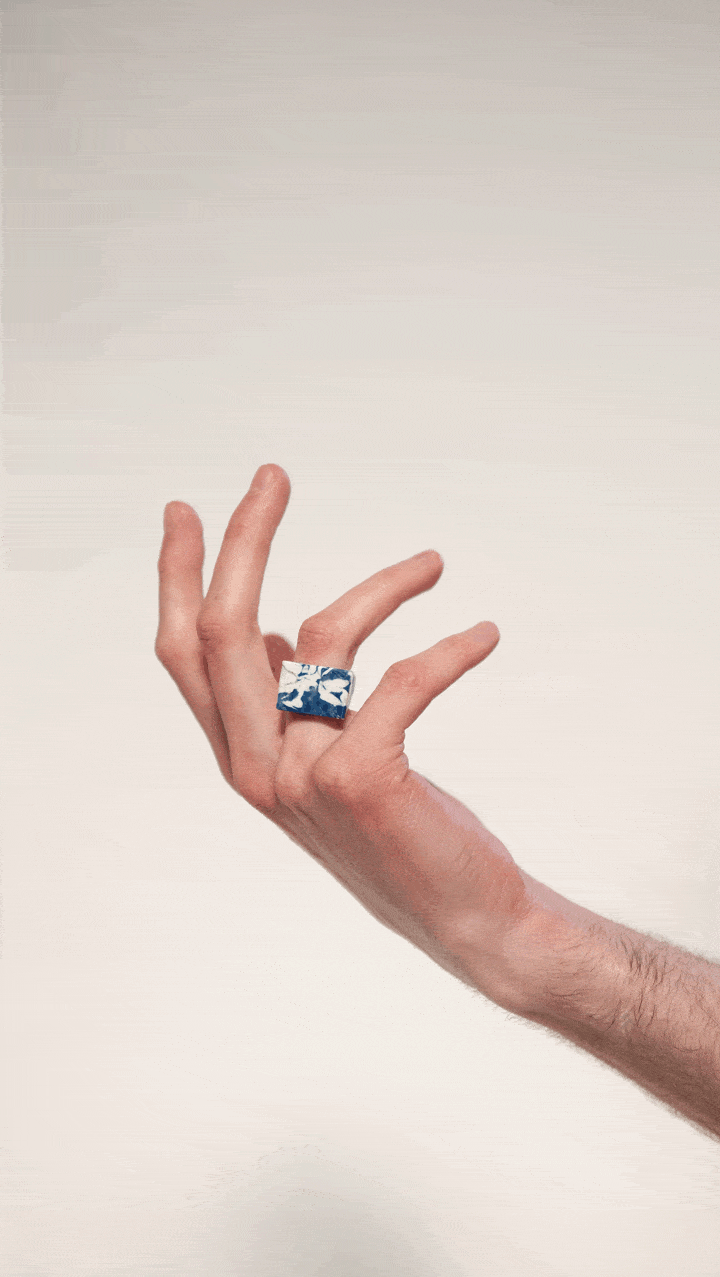
Written by: Holly Beaton
For more news, visit the Connect Everything Collective homepage www.ceconline.co.za

